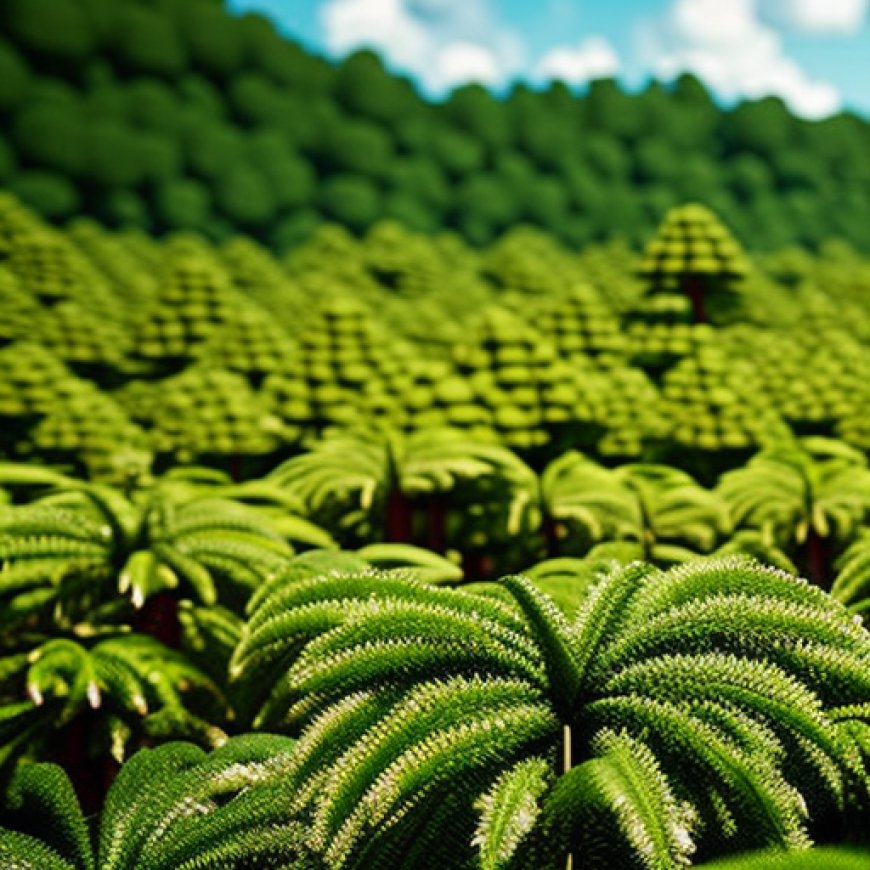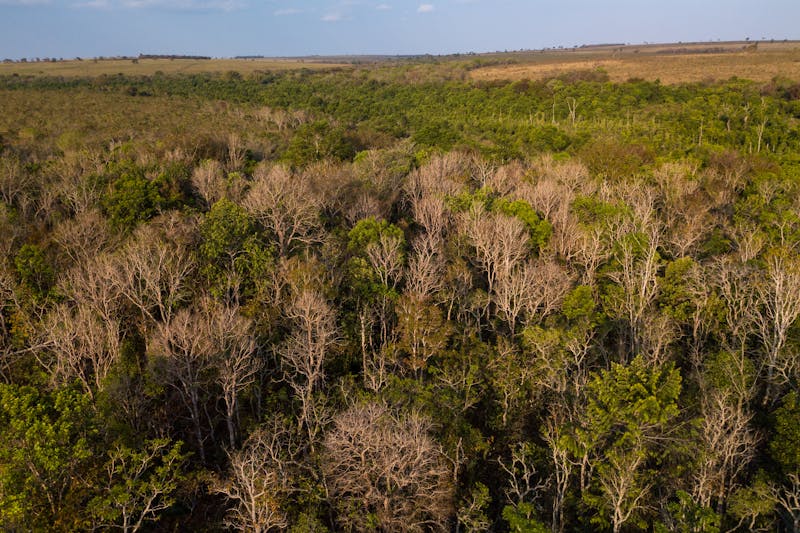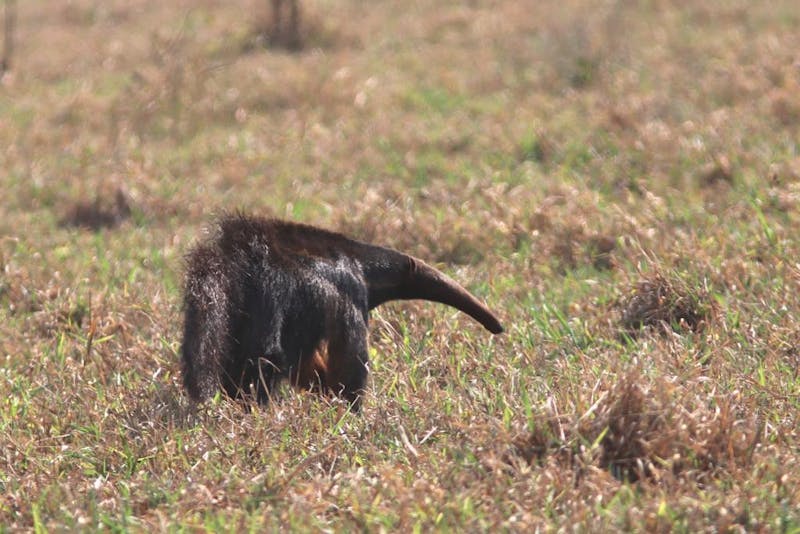Can tree farms save a forest? Brazil is about to find out
Can tree farms save a forest? Brazil is about to find out Conservation International


MATO GROSSO DO SUL, Brazil: Project Alpha
Restoring Nature and Generating Sustainable Revenue
-
Introduction
MATO GROSSO DO SUL, Brazil — On a blistering day in late August, Will Turner gazed across a dusty road, red as Mars, into the fringe of a dense forest — its canopy alive with the hum of insects and chattering birds. This forest in southern Brazil is an oasis — a remnant of a nearly forgotten ecosystem in a region now dominated by degraded cattle pastures.
Behind him, on the opposite side of the road, lay something entirely different — a sea of eucalyptus, recently planted and already four feet tall. These trees, remarkable in their uniformity, are clones. Decades of tinkering have resulted in an intensively managed crop that supplies the world with an essential and sustainable source of wood.
But nature has made its choice perfectly clear: Among the eucalyptus there are no insect chirps or bird songs — only silence. Yet the fate of these two distinct landscapes, the forest and the tree farm, are intertwined. What was an enormous tract of degraded pastureland just a few months ago is being rapidly transformed into tree farms and more than 2,000 hectares of newly restored natural forest.
 In a landscape dominated by degraded cattle pasture, nature clings for survival in small, fragmented groves. © Flavio Forner
In a landscape dominated by degraded cattle pasture, nature clings for survival in small, fragmented groves. © Flavio Forner
This is “Project Alpha.” Located in the Brazilian state of Mato Grosso do Sul, it aims to protect and restore nature to an area roughly twice the size of Manhattan — and find new ways to pay for it. Designed by BTG Pactual Timberland Investment Group (TIG) with help from Conservation International, the project has brought together two groups often seen as natural adversaries: conservationists and timber operators.
“It’s easy to form a snap judgment about planting non-native plantations anywhere outside their range, like eucalyptus from Australia,” said Turner, a scientist at Conservation International. “But snap judgment isn’t how we’re going to solve climate change and save biodiversity. We need to test what really works. This is a very serious commitment to improve the way we manage nature within private properties.”
And this property is just the beginning. Over the next five years, TIG plans to secure US$ 1 billion from investors to plant, conserve and restore nearly 275,000 hectares (741,000 acres) of degraded land in Brazil, Uruguay and Chile. In doing so, they plan to capture some 32 million metric tons of climate-warming carbon over a 15-year period, the equivalent of taking 470,000 cars off the road.
Half of the land acquired by TIG will be protected or restored back to its natural state and set aside for conservation, while the other half will be planted with commercial species, like eucalyptus. Not merely a trade-off, where commercial activities fund conservation, the plan represents a unified system where restoring nature provides added value to investors through the sale of carbon credits, while sustainably certified timber revenue helps fund ongoing monitoring and protection of the native forest.
“We’re standing on the line balancing economic production and environmental protection,” Turner said, gesturing down the middle of the road. “It’s a balancing act that could lead to positive outcomes for people and nature in this region — if we can get it right.”
-
The Cost of Restoration
The road to Project Alpha from Campo Grande winds northward through hundreds of miles of degraded cattle pasture. Erosion furrows the land, carving deep channels through red earth, the pasture’s vitality withered under the weight of overuse.
It didn’t always look this way.
Half a century ago, southwestern Brazil was a mosaic of closed-canopy forests, open savanna-like woodlands, vast grasslands and wetlands. This region, known as the Cerrado, boasts remarkable biodiversity, harboring 5 percent of the world’s species, including over 1,600 mammals, birds and reptiles, along with over 10,000 plant species — nearly half of which are unique to this region.
 A giant anteater lopes along the forest’s edge, passing
A giant anteater lopes along the forest’s edge, passing
through a field of withered Brachiaria grass. © Will Turner
Substantial portions of the Cerrado have been replaced with Brachiaria, an exotic African grass introduced for cattle grazing. And while Brachiaria has helped Brazil become the world’s leading beef producer, years of overgrazing have degraded the country’s land at a scale that’s difficult to comprehend: By some estimates, 60 million hectares of Brazil’s Brachiaria pastures are suffering from some degree of degradation — an area nearly half the size of neighboring Peru.
“Very few crops will grow in this soil,” Biderman said. “And because of that, almost no one is willing to making investments to return this area to cropland — it’s just too expensive.”
But restoring this degraded land back to the Cerrado is even pricier.
In recent years, an avalanche of well-intentioned marketing campaigns has popularized the idea that forest restoration can be achieved for as little as conservation.org

Join us, as fellow seekers of change, on a transformative journey at https://sdgtalks.ai/welcome, where you can become a member and actively contribute to shaping a brighter future.







